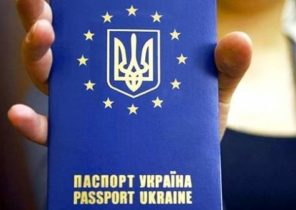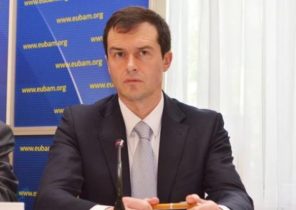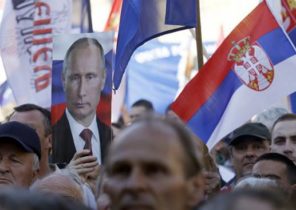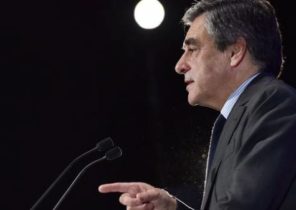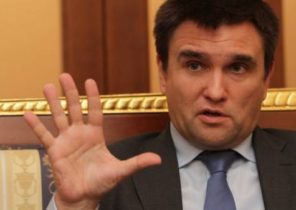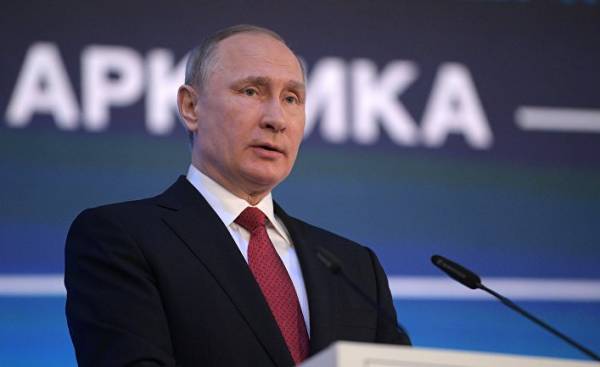
Russia is making a strategic bet on the Arctic, which is associated with large economic and military interests of the country.
FACTS
Russian Arctic:
• 20% of Russian territory is located within the Arctic circle.
• The Russian Arctic in 2008, provided, in the words of the then President Dmitry Medvedev, 20% of GDP and 22% of export earnings.
• The Arctic should become an engine for the entire Russian economy, as is evident from the “Strategic concept of development of the Arctic” (2013); in 2050 there will be to get 20-30% of the oil that would mean $ 20 billion.
• The Arctic ocean washes the shores of five countries: Russia, USA, Canada, Norway, Denmark/Kalaallit-Nunaat(Greenland). Four of them belong to NATO. Denmark is a member of the EU.
Source: Ann Karin Larssen (Ann Karin Larssen)”Russia, the Arctic and Norway” in the series of the Academy of the air force, “A New Russia?”, No. 32
Russia
If someone before and had any doubts, they dissipated during the annual Direct line with President of Russia Vladimir Putin two weeks ago.
“For economic and military reasons, we will invest in the Arctic,” Putin said. He stressed that we are talking about strategic problem, which was originally for the Russian economy now emerging from recession and in which, according to the President, three quarters of consecutive economic growth.
His native Palestine
Western sanctions in connection with the crisis in Ukraine and the decline in energy prices force Russia to become less dependent on oil and gas, although the issue of energy exports is at the forefront in the economic turn to Asia. And the stakes here are not just for China, which financially helped the Kremlin in the most difficult period of the crisis at the turn of 2014-2015, after the West imposed sanctions.
When on March 29, Putin made a foray into the Land of Franz Josef land in the Arctic, to physically mark the Russian interests in the region, he was invited to cooperate in the extraction of resources in the North and other countries. However, he stressed that Russia is ready to defend its interests through military means.
“The region’s natural resources are concentrated, have exceptional importance for the Russian economy”, — said Putin arrived with him to journalists.
Military and intelligence must “implement their plans, to be able to defend national interests, our defense and protect our interests in the Arctic,” he said, according to AP.
Race
USA, Canada, Norway, and Denmark because of the existence of Kalaallit-Nunaat (Greenland), try to obtain territorial rights to the Arctic because the polar ice is melting much faster than expected. This makes it possible to make more active use of the Northern sea route between Europe and Asia, as well as the extraction of resources — not only energy, but also minerals on the ocean floor, such as manganese.
Putin stressed what is written in “Strategic doctrine development in the Arctic”, developed by Moscow in 2013 and became a continuation of the directives put forward in 2008. National interests extended here in three ways:
• Strategic resource base for the development of commodity economy of Russia, obtaining access to new resources when the ice edge moves further North.
• The Northern sea route from the Kara sea to the Bering sea. The path length of about 6.5 thousand kilometers becomes a transport artery for the export and for the domestic market and for the transit of foreign vessels along the Northern sea route between the Atlantic and Pacific ocean. The transport time is significantly reduced compared to the Suez canal.
• Military security. In the Baltic sea was closely in connection with the expansion of NATO to the East. Concurrently, NATO puts more emphasis on the Northern regions in their strategic doctrines. Russia responds by increased military presence and upgrading of the armed forces. The Kola Peninsula is the base of the Northern fleet, including a new strategic submarines with ballistic missiles and strategic bombers, which since 2007, often fly along the Arctic coast and the coast of Norway.
“Start drilling!”
Russia continues to face many of the same structural problems that led to the economic collapse of the USSR in the 1980-ies and onwards. Bet on the Arctic should, according to plans, lead to technological innovation.
While Western oil companies such as Royal Dutch Shell in the Arctic recede, CEO of “Rosneft” Igor Sechin discovered oil field Central Olginskaya-1 by direct order of Putin, admitted during a video conference with St. Petersburg on April 3: “Start drilling!”
This is the most Northern oil well in Russia, located on the Khatanga licence area, where drilling is associated with certain difficulties, including, according to the Financial Times, horizontal drilling at a depth of 15 km. the Necessary equipment is delivered at a distance of 3.6 thousand km, which are ice-free only two months out of the year — we are talking about the sea area to the North of the river Lena in Siberia.
Rosneft is expected to produce 5 thousand meters more than a quarter of oil in Russia (as in the original article — ed. ed.). According to the assumptions of Rosneft oil equivalent reserves amount to 9.5 billion tons, says the Financial Times.
“We will keep You informed,” — said Sechin Putin from a cold desert in the first day of drilling.
In St. Petersburg, Putin wanted to show his nose at the West, but it is not work due to the terrorist attack in the subway, perfect in town on the same day.
The price of oil and sanctions
In the Russian continental shelf in the Arctic can contain oil and gas worth $ 20 billion by the year 2050 oil production there could reach 20-30% of total oil production.
In addition to “Rosneft” the right to extraction “Gazprom”.
Development has been restricted by Western sanctions against such companies, as “Rosneft”, is related to both capital and technology. The sanctions have led to the fact that businessmen and investors began to fear the legal consequences, what was the purpose.
“We are like snowballs. The more we push, the harder we become,” — said Sergey Vakulenko, head of strategic planning Department of “Gazprom” in an interview with the Financial Times.
Given the political problems faced by the US President Donald trump, it is unlikely that he will immediately start to soften the sanctions. Secretary Rex Tillerson, former CEO of ExxonMobil, can only observe how this company, which has concluded with “Rosneft” the agreement on cooperation in the Arctic in the amount of 300 billion dollars, out of the game.
From the point of view of Moscow, the biggest challenge for activities in the Arctic was and remains a drop in prices.
Falling prices led to a decline in GDP of 3.7% in 2015 and 0.2% in the past year, but even if sanctions will not be relaxed this year, according to forecasts, GDP growth is expected around 1.5%.
Last year “Gazprom Neft”, the third largest manufacturer in Russia, added to the additional 25.3 million barrels due to the shale oil of the Bazhenov field in Western Siberia, which probably concentrated the largest reserves of shale oil in the world.
Apurva Sangi, lead economist for the Russian Federation, in an interview with the Financial Times praised the Kremlin for macroeconomic stability.
With regard to global problems related to climate in the North, there is still much that is unclear, if we take into account that the Gulf stream could change direction, and the ice may disappear by 2030. In addition, there are significant technological challenges, both on land and in deep water. And given that oil prices account for 50-55 dollars a barrel, many numbers still don’t inspire confidence, although it is possible that the rocks of the Bazhenov deposits do splash around 75 billion barrels.
Military moments
The economic expansion of the North is closely connected with the increased military presence for the approval of national interests.
This means more ships along the Arctic coast, more bases and airstrips, including the old Soviet, newly commissioned along the Northern sea route, according to Ann Karin Larssen, associate Professor of the study of military air power in the Academy of the air force in Trondheim. In the article “Russia, the Arctic and Norway” in the journal of the Academy of “A New Russia?” (New Russia?) she stressed that the military activity is still not as large as during the cold war with the USSR, even considering flights of strategic bombers along the Norwegian coast or other areas.
But the Russians fly “usedonlarger groups” and apparently “become more professional,” says Larssen, referring to the joint operations staff of the Armed forces.
Activation in 2014 linked to the conflict in Ukraine and an equally large extent can be attributed to the increased activity of NATO.
For increased activity should be the development of civil infrastructure in the regions, where Putin invites for cooperation, including security and research, resource extraction and transport. The engagement of Russia in the Arctic, no doubt, is of interest in the world.
